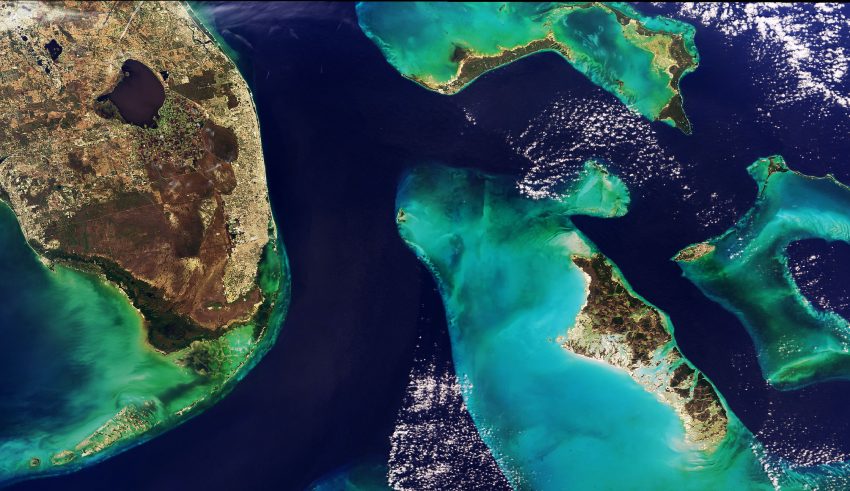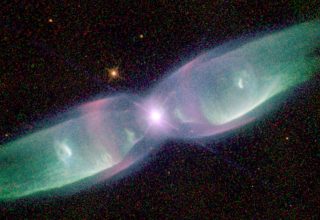
NASA established an organizational entity (SPST) in 1991 to help bridge the communications gap between and among technology developers and users of the technology. The organization consisted of multi-discipline volunteers — experts whose work encompassed the development of launch vehicle propulsion, as well as other aspects of movement, control, and use of spacecraft. For the most part, these experts worked in the disciplines of concept and design development, testing and operations, and program and project management. All hands-on people, they worked with others from a multitude of disciplines relevant to space travel and migration/settlement potentialities.
SPST initiated the first publication of the new journal, Space and Evolution (SPAEVO), entitled “The Justification for Human Space Development and Habitation beyond Low Earth Orbit: An Invitation to an Open National and Global Dialogue.” With no hesitation at all, the stated primary justification for human space flight was “survival of the species.” The link between survival of the species and Collective Intelligence becomes obvious.
A 2012 conference at MIT defined Collective Intelligence as groups of individuals acting collectively in ways that seem intelligent (Malone, Laubacher, & Dellarocas, 2009.) They recognized that this definition was ambiguous, but was “purposefully so in order not to prematurely constrain what we believe to be an emerging discipline.” The intent was to define behavior that is both collective and intelligent. By collective, they meant groups of actors, including, for example, people, computational events and organizations. By intelligent, they meant that the collective behavior of the group exhibits such characteristics as perception, judgment, learning and problem solving.
Roger Launius, curator of space history at the Smithsonian Institution’s National Air and Space museum in Washington, D.C., emphasized in the February 11, 2013 issue of SPACESNEWS that, “At Congress’s behest, the National Academies Committee on Human Spaceflight is beginning to assess the goals of NASA’s human spaceflight program.., [which] comes on the heels of another National Academies study on NASA’s strategic direction, the report just issued that places emphasis on the human spaceflight enterprise.” He noted James Van Allen’s 2004 question, “Does anyone have a good rationale for sending humans into space?” and his assertion that the “risk is high, cost is enormous, and science is insignificant.”
Launius then went on to contend that five major rationales have been used effectively to justify a large-scale spaceflight agenda, one of which is, “Human destiny/survival of the species.” Like the SPST position, he recognized human space migration as a critical motivating factor in the U.S. space program — that humankind species survival was no longer a topic only for science fiction novels and movies.
Download Article 1K Club

















